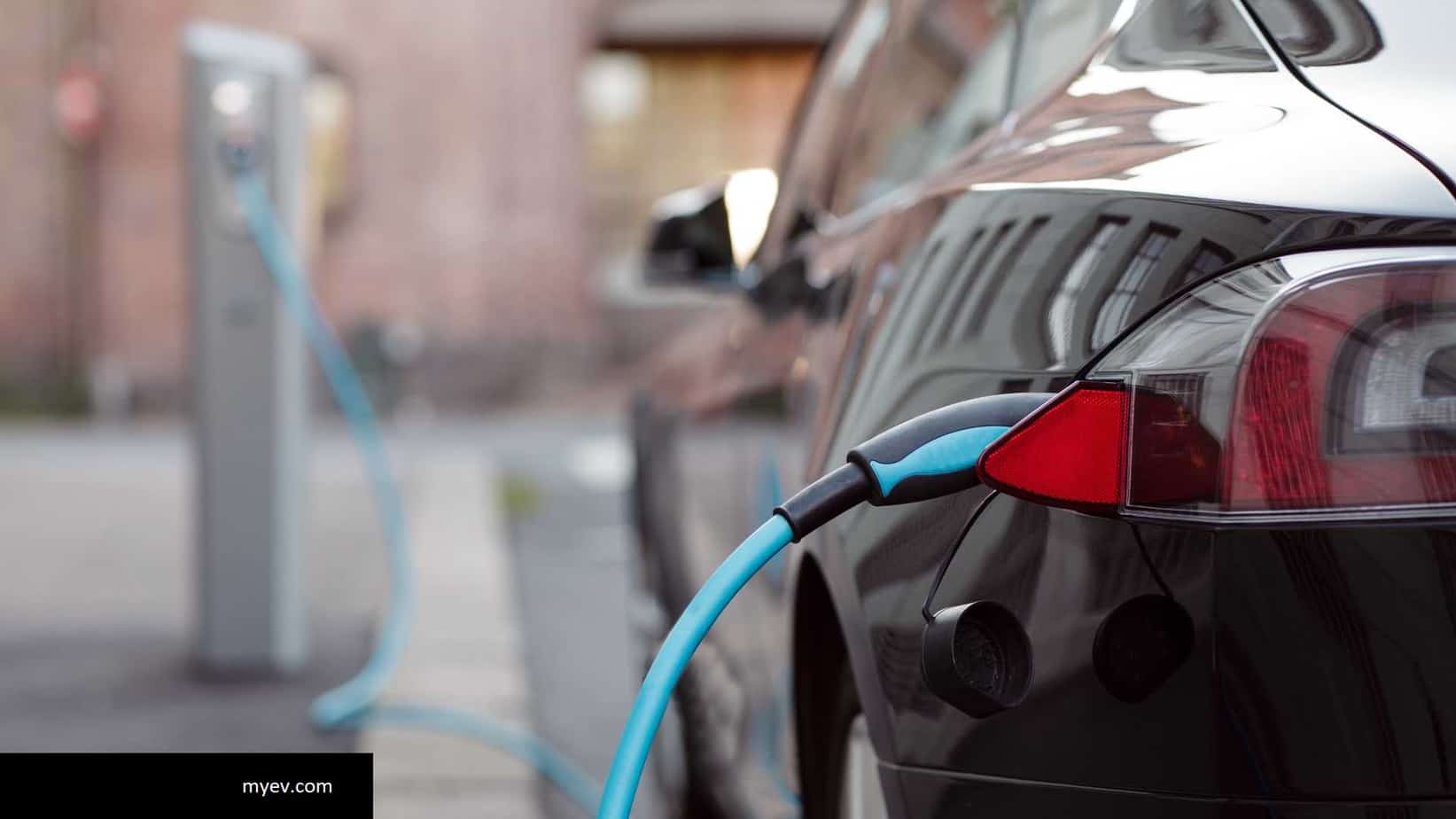Electric cars represent a significant leap towards sustainable transportation. However, maximizing their efficiency requires more than just driving any electric vehicle; it involves making informed choices and adopting eco-friendly driving habits. Here’s a comprehensive guide to consuming less with an electric car.
1. Choosing the Right Vehicle
Avoid Overcapacity
Many drivers opt for heavy, powerful vehicles that far exceed their daily needs. Consider the real purpose of your car – is a 300-horsepower SUV necessary for school runs or short commutes? Vehicles like the Hyundai Ioniq, Kona, and the Dacia Spring are examples of cars designed for economic consumption in urban environments and beyond.
Efficiency Over Power
Opt for cars that balance power with efficiency. Remember, a smaller, less powerful car is often more than adequate for daily needs and is typically more energy-efficient.
2. Rims and Tires: The Foundation of Efficiency
Choose Smaller Rims
While large rims may have aesthetic appeal, they increase friction, leading to higher consumption and maintenance costs. For instance, the Hyundai Ioniq 5 has a significantly reduced range with larger rims.
Select Eco-Friendly Tires
Opt for tires designed to reduce rolling resistance, such as the Michelin Energy EV, Bridgestone Ecopia EP500, or Continental eContact. These tires are specifically designed for electric vehicles, though they may offer different handling characteristics compared to standard tires.

3. Embrace Eco-Driving
Drive Calmly
Your driving style directly impacts your car’s range. Adopt a calm approach, using the eco mode available in most electric vehicles. This mode restricts power output but is ideal for routine driving.
Anticipate and Coast
Learn to anticipate traffic conditions. Coasting to a stop rather than braking hard can save energy, a technique particularly effective in electric vehicles.
4. Utilize Regenerative Braking
Understand “Mode B”
Electric vehicles can recharge their batteries during braking and deceleration. Use this feature wisely, avoiding excessive braking followed by strong acceleration.

5. Manage Climate Control Efficiently
Weather Impacts
The heating and air conditioning systems in electric cars can significantly affect their range. Cars with a heat pump are more efficient than those with conventional resistance heaters.
Use Heated Features
In colder weather, use heated seats and steering wheels instead of cranking up the heat. This approach provides direct warmth while consuming less energy.
Preconditioning
Utilize remote preconditioning to heat or cool the car while it’s still plugged in, saving battery life for the road.
A Sustainable Approach to Electric Driving
Electric cars offer an environmentally friendly alternative to traditional vehicles. By choosing the right car, optimizing tire and rim choices, practicing eco-driving, utilizing regenerative braking effectively, and managing climate controls wisely, drivers can significantly reduce their energy consumption. This approach not only benefits the environment but also enhances the efficiency and longevity of the vehicle.


Why is Tesla not mentioned or pictured? Tesla brought the others to the dance.
You can make a search on the website with the keyword “Tesla” and you will find many articles about it
https://evchargingmag.com/?s=Tesla
Excellent article. Keep posting such kind of information on your blog.
Im really impressed by your blog.
Hello there, You’ve performed a great job. I’ll certainly digg it and in my opinion recommend
to my friends. I am confident they will be benefited
from this website.
Greetings! Very helpful advice within this article! It’s the little changes
which will make the biggest changes. Thanks for sharing!